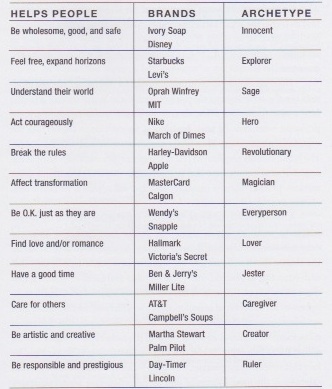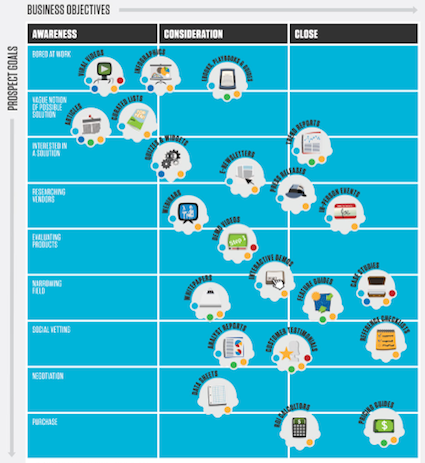Love does not dominate, it cultivates. – Goethe
Creating an organization characterized by heart-orientation requires leadership to implement listening technologies and human-run analyses of conversations. These analyses can lead to extremely effective internal and external focus groups geared towards bringing employee and customer needs to the forefront. Such research also exposes potentials for excellence previously unnoticed. This “positive shadow potential” can be just what an organization needs to move forward into the next level of excellence.
Unconscious processes are a central reality of organizational life, just as in individual life. Effective market research using social data can reveal such processes. When I peer into the conversations surrounding an organization and within an organization, much is revealed about the workings and doings of that team. A primary value for large enterprises in hiring a market research team to work internally is discovery of shadow aspects within the silos. When unseen trends within staff are revealed through conversation research, leadership can take steps to elevate positive potential and heal negative propensities.
Seeing into the heart of an organization via social listening projects is a very effective measure for weaving the strengths of the silos together for total organizational success. For example, the customer-facing staff who are involved in servicing complaints and solving technical difficulties are often at odds with quantitative, sales-driven staff. The results-orientation around money in the sales department runs contrary to the nurturing orientation in the customer service department. Sales leaders need to hear the chief complaints from customers via the market research staff. This will help the sales staff to bring their pitches into closer alignment with what the customer truly wants and needs.
To cultivate a heart-based organization, leadership must itself be willing to invest in a unit focused on listening. This is the first step in nurturing deep growth and consistent attention customer need.




